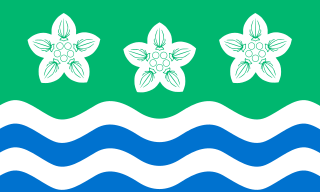
Cumberland is a historic county in North West England. It covers part of the Lake District as well as the north Pennines and Solway Firth coast. Cumberland had an administrative function from the 12th century until 1974, when it was subsumed into Cumbria, a larger administrative area which also covered Westmorland and parts of Yorkshire and Lancashire. In April 2023, Cumberland was revived as an administrative entity when Cumbria County Council was abolished and replaced by two unitary authorities; one of which is named Cumberland and includes most of the historic county, with the exception of Penrith and the surrounding area.
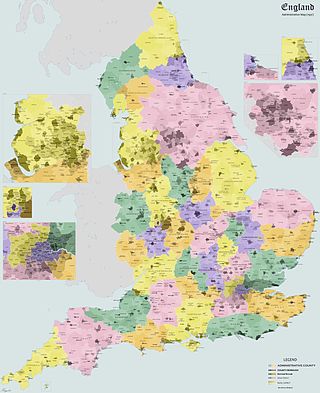
Municipal boroughs were a type of local government district which existed in England and Wales between 1835 and 1974, in Northern Ireland from 1840 to 1973 and in the Republic of Ireland from 1840 to 2002. Broadly similar structures existed in Scotland from 1833 to 1975 with the reform of royal burghs and creation of police burghs.
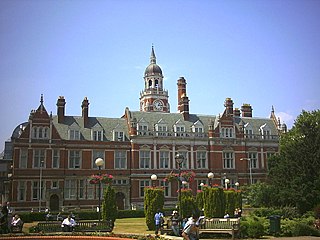
The County Borough of Croydon was a local government district in and around the town of Croydon in north east Surrey, England from 1889 to 1965. Since 1965 the district has been part of the London Borough of Croydon within Greater London.

Finchley, which is now in north London, was a local government district in Middlesex, England, from 1878 to 1965. Finchley Local Board first met in 1878. It became Finchley District Council in 1895 and the Municipal Borough of Finchley in 1933. In 1965 Middlesex was abolished and Finchley became part of the London Borough of Barnet.
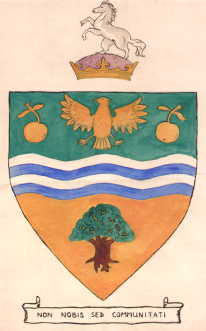
Bexley was a local government district in north west Kent from 1879 to 1965 around the town of Old Bexley.

Acton was a local government district in Middlesex, England from 1865 to 1965.
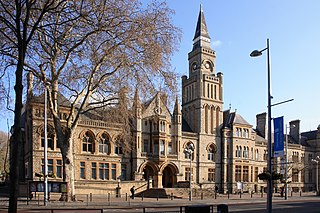
Ealing was a local government district from 1863 to 1965 around the town of Ealing which formed part of the built up area of London until 1965, where it became part of Greater London.
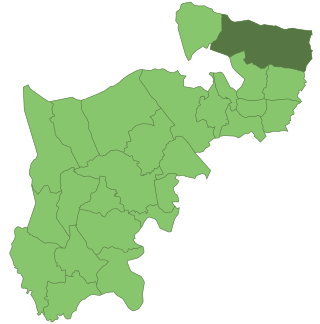
Enfield was a local government district in Middlesex, England from 1850 to 1965.

Southgate was a local government district of Middlesex from 1881 to 1965. It was part of the London postal district and Metropolitan Police District.

Uxbridge was a local government district in north west Middlesex, England, from 1849 to 1965, seated in the town of Uxbridge.

Twickenham was a local government district in Middlesex, England from 1868 to 1965.

Salford was, from 1844 to 1974, a local government district in the county of Lancashire in the northwest of England, covering the city of Salford. It was granted city status in 1926.

Oldham was, from 1849 to 1974, a local government district in the northwest of England coterminous with the town of Oldham.

The coat of arms of Wigan Metropolitan Borough Council was granted by the College of Arms in 1974.

Stockport County Borough was created by the Municipal Corporations Act 1835 when the existing Borough of Stockport was reformed as a municipal borough. Until 1835 the town was governed by a charter dating from circa 1220 granted by Ranulph de Blondeville, 4th Earl of Chester. The municipal borough consisted of parts of Cheshire, namely the township of Stockport and the neighbouring areas of Edgeley and Portwood and part of Heaton Norris in Lancashire.

Stretford was, from 1868 to 1974, a local government district coterminate with the town of Stretford, Lancashire, England.
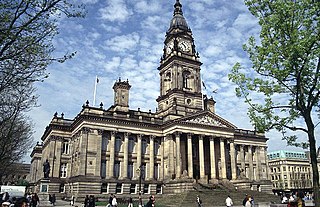
Bolton was, from 1838 to 1974, a local government district in the northwest of England conterminate with the town of Bolton.

Bury was a local government district centred on Bury in the northwest of England from 1846 to 1974.

The Municipal Borough of Middleton was, from 1886 to 1974, a municipal borough in the administrative county of Lancashire, England, coterminous with the town of Middleton.

The Municipal Borough of Heywood was, from 1881 to 1974, a local government district in the administrative county of Lancashire, England, with borough status and coterminate with the town of Heywood.




















